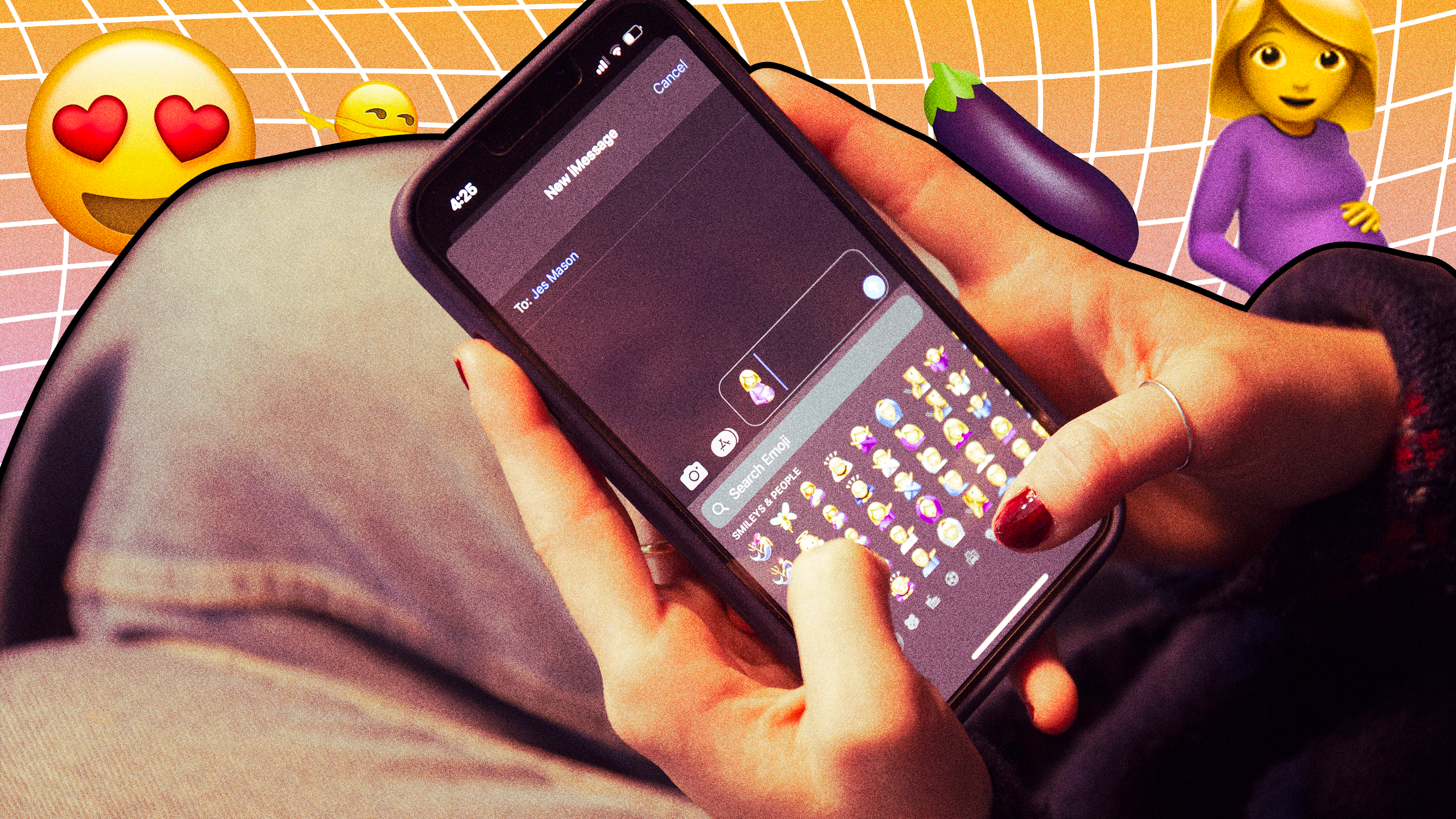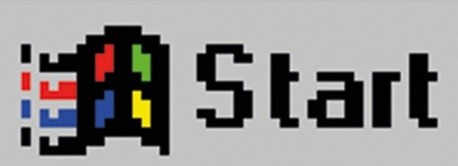Emojis. Emoticons. Smiley faces. They were once cringey and a "mom-thing." Today, emojis are indispensable when having casual conversations online. Can you really flirt without using the winky-face emoji or express your frustration without the angry-face emoji? I think not.
Why have these tiny emotive characters changed the way we communicate nowadays? Welcome to The Eyeopener's very (un)serious debrief of why emojis are an essential texting tool.
We polled a section of the Toronto Metropolitan University (TMU) student body to gauge their opinions on emojis. Out of 90,000 students, 69,420 disclosed that they use emojis on a day-to-day basis.
From our findings, 87 per cent of those surveyed said they use emojis “like…everyday.”
43 per cent said they only use emojis in their school notes, while 10 per cent of students said they “solely” use emojis to feel joy when expressing a thought.
When surveyed, one student even asked if we were really genuinely writing a research piece on emojis, to which we replied, “The Eye believes emojis are a big part of the TMU community. We want to understand how they are used."
The results of the survey also found almost half of the subjects interviewed use emojis whilst studying, which begs the question—how?
"I like using them on every single one of my revision notes," said Jean Ralphio, a fourth-year early childhood studies student.
Ralphio says he usually uses the "infamous Cornell method" when studying. But instead of writing questions on the left column, he uses emojis. "Scary face means I need to read this over and study more,” Ralphio said. “I use the green check-mark when I am done with that topic and the star-faced emoji when I get an answer right!"
The idea behind this, Ralphio says, comes from studying with his dad as a kid. Ralphio would get a golden sticker every time he got an answer right. "Today, using emojis when studying brings me right back to doing homework with my family on a random school night," he says.
At least 300 TMU students—if not more—have tattoos of emojis on their bodies. Sam Larpis-Gretki, a first-year civil engineering student, has the emoji of the cat crying with laughter tattooed on their forearm. Another seven students, interestingly enough, also have that same emoji tattooed on their forearms.
"Sometimes, when I'm laughing too hard at a joke and can't speak, I will just hold my tattoo in front of my mouth and my friends will understand what is going on," Larpis-Gretki said.
"That's the beauty of emojis. You don't even have to open your mouth."
Aside from being prevalent in the TMU community, emojis are also literally everywhere. The Fawk Canadian Research Centre recently did a Canada-wide survey about the use of emojis among young adults in 2022.
The survey found that 66 per cent of emoji users across Canada will feel stronger emotions toward someone using emojis. The study also found that using the eggplant emoji while flirting will actually make you appear less amiable. Inversely, the most favoured emojis to use while flirting, according to the study, were the smiling face with heart eyes emoji, the face blown off emoji and the pride flag emoji.
The study found that emojis can also be an excellent tactic for learning how old someone is by merely observing their most used emoticons.
69 per cent of Gen Z users reportedly use emojis to mean something other than their intended use. It was found that only 13 per cent of boomers are doing the same thing.
Therefore, if you ironically send the cowboy hat emoji alongside the one of painted nails to a cute guy on Tinder and they reply with "Haha, what?" there is a great chance you’re being catfished.
Overall, emojis have offered mankind one of the best gifts—a universal language. With emojis, people, including TMU’s very own students, can enhance their communication with each other.
The study also found that the use of emojis made it easier for students to find each other on campus. For example, 88 per cent of students sent each other a rat and a square emoji to indicate they were in the Kerr Hall Quad, home to the university’s rat population.
As for whether emojis are cool or cringe, there seems to be a positive consensus. The Canada-wide research found that 77 per cent of surveyed individuals said they like using emojis. Comparatively at TMU, 88 per cent of students believe emojis are "cool."
“Crying laughing face, smiling moon, clapping hands, bone and flaming heart,” said Ralphio.

New Issue!
Emojis: Still cringey or a crucial texting tool?
A TMU-wide survey looks to understand how students use emojis
